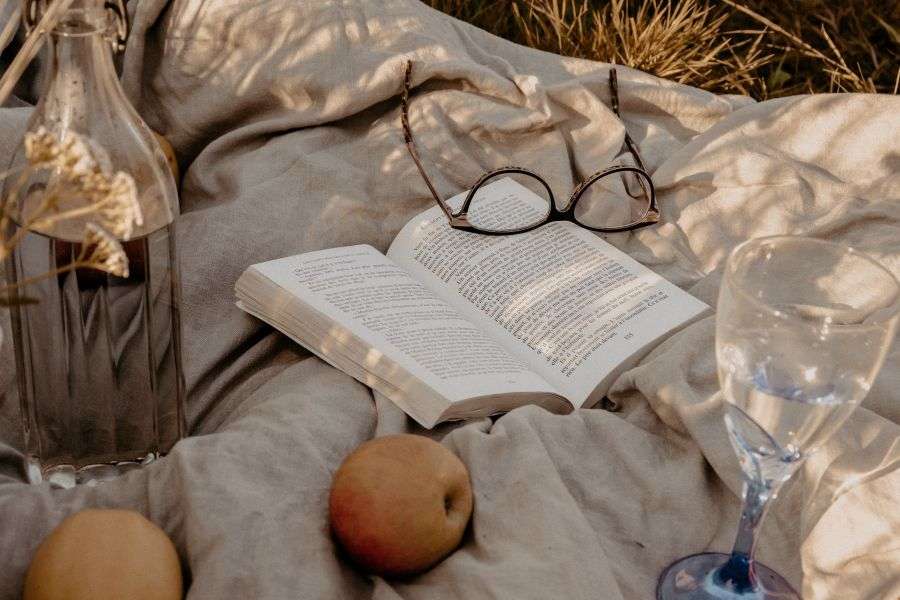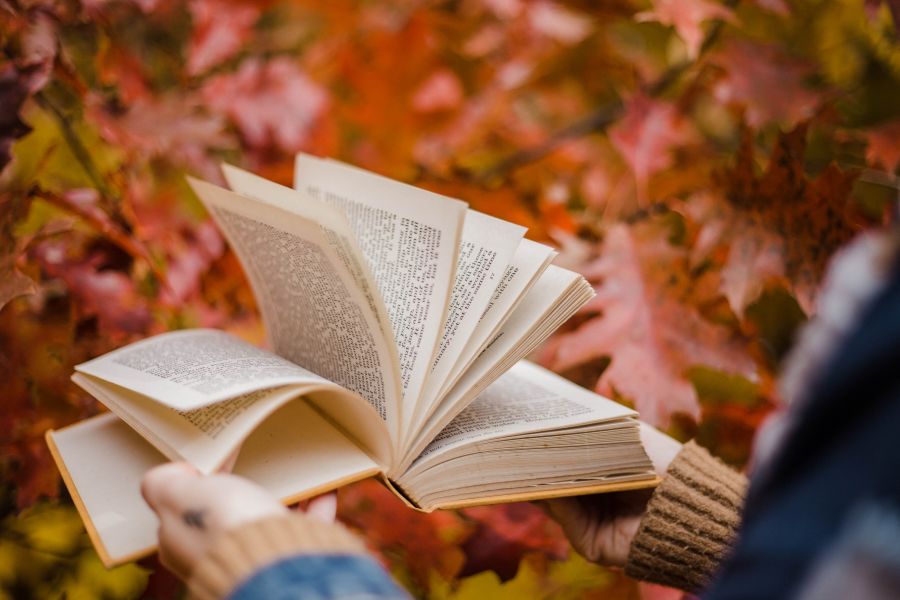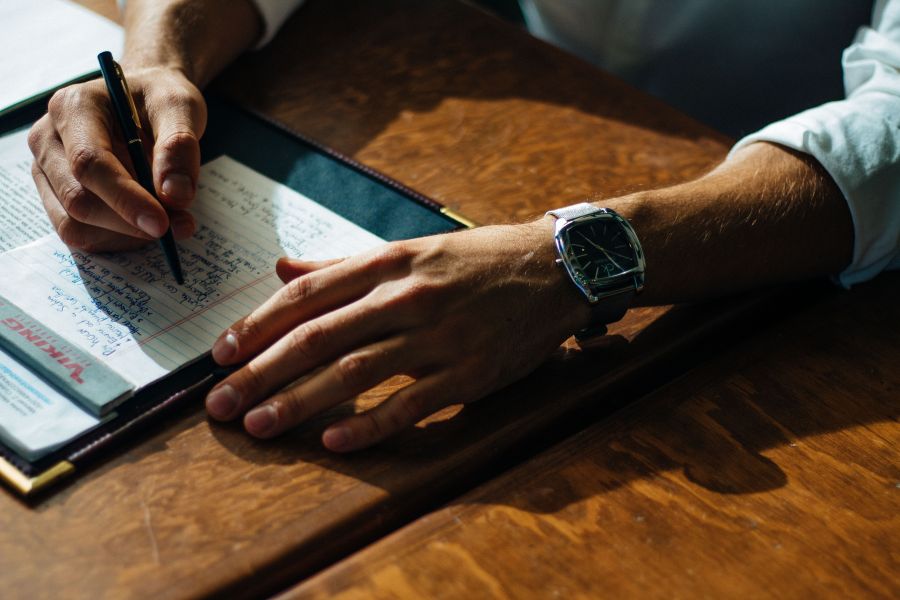南京阅江楼英语导游词1
As the saying goes: "Wu Chuming building is now four, water, sky and moon are double in ancient times." The four famous towers are yellow crane tower, Yuejiang tower, Yueyang Tower and Tengwang Pavilion. This summer vacation, I had the honor to visit Yuejiang building, one of the four famous buildings.
According to historical records, Zhu Yuanzhang of the Ming Dynasty settled the mountains and settled the capital of Jinling, and wrote the famous story of Yuejiang tower, but later there was no building. Now the Yuejiang tower is built by Nanjing municipal government in recent years. Yuejiang tower is located on the top of the lion mountain. When you climb up the stairs, you will come to the foot of Yuejiang tower. This is an ancient wooden pavilion standing majestically. Red pillars, grey wall tiles, vermilion doors, glass cornices, one layer after another, overlapping, very spectacular.
Walking into the hall on the ground floor, it is spacious and bright. Right below the hall, a golden carved dragon chair is placed in the center, and four exquisite tripods are placed in front of the chair. The golden bottom is engraved with two green dragons entwined together, which is the symbol of ancient emperors' power. Just above the hall is the full text of Yuejiang tower written by Zhu Yuanzhang, a golden book, which occupies the north wall and is magnificent. After a long time, the sunlight fell on the red carpet through the window lattice, as if returning to the distant ancient times in a trance.
Walking up the wooden building to the second floor, I was immediately impressed by its exquisite architectural skills. All kinds of peculiar patterns are carved on the wooden fence. There are intertwined dragons, powerful lions, and bizarre unicorns. They are so delicate that their noses, eyes, and beards are clearly engraved. The beams were beautifully painted. There are West Lake scenery, cemetery scenery, Yuanmingyuan Ruins, the great wall and so on. There are many patterns and bright colors.
Along the stairs came to the top, look around, see the surging river rolling eastward. River, cruise ships, passenger ships shuttle like to come and go, sometimes issued a distant flute sound. The Yangtze River Bridge stretches across the river. Tall bridgeheads stand at the north and south ends of the bridge. Crisscross overpasses, roaring trains and high-rise buildings give you a panoramic view. This is the reason why Yuejiang tower is named. When a gust of wind blows, the copper bell as big as the bowl mouth on the cornice makes a clear "Ding Ding" sound, which is really pleasing to the eye.
This situation, this scene, just as the ancient poem said: "want to poor thousands of miles, more on a higher level."
南京阅江楼英语导游词2
Yuejiang tower in Nanjing, Yellow Crane Tower in Wuhan, Yueyang Tower in Yueyang and Tengwang Pavilion in Nanchang are known as the four famous buildings in Jiangnan. It is located in the northwest of Nanjing City, adjacent to the Yangtze River. The building is 52 meters high and has seven floors. It is one of the four famous buildings in the south of the Yangtze River, with blue tiles, Zhuying, cornice, zhufengfei and Tongye. After Zhu Yuanzhang became emperor, he once again visited Lulong mountain in 1374. He wanted to build a towering Pavilion on the mountain, so he personally wrote Yuejiang Lou Ji, which is magnificent and full of maneuvers. Because of Lulong mountain's "abrupt peak, lingyanxia and invading Han Dynasty's exterior, short-sighted from a distance, the real lion dragon (the alias of lion)," he changed its name to lion Zishan. In the spring of that year, Zhu Yuanzhang ordered his officials to write more than 100 pieces of Yuejiang Lou Ji, among which Song Lian, a great scholar, wrote the most excellent one, and was recorded in Guwen Guanzhi, which was handed down to the world together with Zhu Yuanzhang's Yuejiang Lou Ji. Zhu Yuanzhang built "Pingdi" for Yuejiang building, but it was not built for various reasons.
"One river runs thousands of miles to the sea, two records of hulou six hundred years.". This wonderful couplet is a true portrayal of the six hundred years of vicissitudes of Yuejiang building in Nanjing. When you climb the Yuejiang tower and look far away, you can see the vast river rolling eastward. It's like a panoramic view of the six hundred years of rain and smoke since Zheng He's voyages to the West. Yuejianglou staff said that Zheng He Pang
The big fleet came out of the Xiaguan Longjiang River in Nanjing and sailed from here to Liujiagang anchorage in Taicang.
Yuejianglou scenic area covers a total area of 31 hectares, of which water accounts for 1 / 3, land accounts for 2 / 3, and the green coverage rate reaches 85%. There are more than 30 historical sites in the scenic area, such as Yuejiang tower, Wanxian Pavilion, ancient fort, Sun Yat Sen's Yuejiang place, Wujun tunnel, ancient city wall, dizang temple, wuse Tu, Jinghai temple, etc. it is a national famous tourist attraction integrating cultural landscape and natural landscape. It is a national AAAA tourist attraction. Yuejiang building, with the theme of Ming culture, is divided into three main parts of "unification, opening up and development"; it shows the statues of 16 emperors of Ming Dynasty and the territory of Ming Dynasty. There are also five "national best" porcelain paintings in the scenic area, such as the complete picture of Zheng He's voyages to the west, the double-sided embroidery of the four famous buildings in the south of the Yangtze River, the white jade carving of Yuejiang tower, the tripod of Yuejiang tower, and the relief of Shiling Yuejiang, which are novel in conception, exquisite in workmanship, and unique in characteristics, fully reflecting the long history and rich cultural heritage of Yuejiang tower.
南京阅江楼英语导游词3
Yuejiang building is an L-shaped building with the main wing facing north and the secondary wing facing west. Both wings can enjoy the scenery of the Yangtze River. The main building is located at the horns of the two wings, four on the outside and three on the inside, with a total height of 51 meters and a total construction area of more than 5000 square meters.
In the middle of the hall on the third floor of the bell tower is decorated with the largest porcelain painting of Jingdezhen in China. The painting is 12.8 meters high and 8 meters wide. It consists of 12 parts, colorful and magnificent. It describes the glorious history of Zheng He's voyages to the Western Ocean from 1405 to 1433, including the construction of treasure ships, scientific navigation, ocean conquest, peaceful diplomacy, good neighborliness and friendship, the spread of civilization, equal economy and trade, cultural exchanges, and other grand events of western countries local customs and practices.
The huge porcelain painting also reflects the scene that Emperor Yongle built "Jinghai Temple" and "Tianfei Palace" and set up "Tianfei Palace" to pray for safety for Zheng He's navigation. There is a copy of Zheng He's treasure ship and a huge rusty anchor in the hall. These two objects vividly and concretely prove that Nanjing was the main shipbuilding site of Zheng He's voyages to the West and the largest shipbuilding base in the world at that time.
On the second floor of Yuejiang tower, there are 16 portraits of Zheng He's emperors during and after his voyages to the West. The top ones are Zhu Yuanzhang, Ming Taizu, and Zhu Di, Ming Chengzu. At the same time, it also shows the splendid culture of the Ming Dynasty, including the territory of the Ming Dynasty, famous calligraphers and painters, science and technology, and introduces in detail China's advanced science and culture during Zheng He's voyages to the West.
The internal layout of Yuejiang building centers on the political opinions of the two emperors, Zhu Yuanzhang and Zhu Di. At the bottom of the building, what is most worth seeing is a chair, a wall and a plaque. Placed in front of the wall is a "Zhu Yuanzhang dragon chair". Although it is an imitation, it is made of high-quality mahogany and weighs more than 1000 Jin. There are nine dragons carved on the back of the Dragon chair, which are exquisite and vivid. A plaque on the east side, "Zhilong Tang Song", was written by Kangxi. There was a boat and a painting on the second floor. Zhu Di, Emperor Yongle of Ming Dynasty, lifted the sea ban and expanded trade and cultural exchanges. At that time, there was a shipyard in Xiaguan area of Nanjing. Many ships were built in the shipyard. The longest ship was 138 meters long and 56 meters wide. It had nine masts and 12 sails when sailing. Its carrying capacity was 7000 tons, which was the highest in the world 600 years ago. This giant porcelain painting reflects the history of Zheng He's seven voyages to the west between 1405 and 1433. The picture is composed of 12 parts. It describes in detail the grand occasion of Zheng He, a navigator, who built treasure ships according to Emperor Yongle's will and went to western countries to publicize Chinese civilization. The picture also reflects the Emperor Yongle's imperial edict to build "Jinghai Temple" and "Tianfei Palace" and personally bestow "Tianfei palace stele", ringing Jinghai temple bell to commemorate the sea god Tianfei empress who protects the safety of navigation.
On the top floor of Yuejiang tower is a Panlong caisson. The Golden Dragon on the roof is carved from the whole camphor wood. The dragon is made of 24 K gold and Jiangning gold foil. The inside and outside of this building share 11 kg of 24 K pure gold, so it is particularly brilliant.
南京阅江楼英语导游词4
You can see this building is the main scenic spot of Yuejianglou scenic spot. It is said that Zhu Yuanzhang, the emperor of Ming Dynasty, always wanted to build Yuejiang building in the 31st year, but none of it was built. However, after four years of hard work, in the new millennium, the 20th century at the beginning of the new centuryx The new Yuejiang building is 52 meters high and covers an area of 5000 square meters. The whole building is in "L" shape, and the main wing can read the river. The main building is at the horns of the wings. The building can be divided into three floors from the bottom to the top, and there are six floors with the middle interlayer. But on the outside, there are four floors. There is an elevator in the building.
To understand the structure, furnishings, walls, etc. of the building, please visit the building.
Welcome to Shizishan to read loujiang Louguan.
First came to the bottom floor, I want to introduce a chair, a wall, a plaque.
Placed in front of the wall is a "Zhu Zhang dragon chair". Although it is an imitation item, it is made of high-quality mahogany and weighs more than 1000 Jin. There are nine dragons carved on the back of the Dragon chair. The carving is exquisite and vivid. We can't find the same second one in China.
Then it is of course the Emperor Zhu Yuanzhang who takes the top position. As you can see, behind the Dragon chair is a large gold lettered wall, on which is engraved the Yuejiang Lou Ji written by Zhu Yuanzhang himself. On the front of the "stele Pavilion" on the east side of the ridge, there is the same "Yuejiang Lou Ji" carved with white marble.
Let's look at this giant porcelain painting. It is 8 meters wide and 12.8 meters high. It is the largest Jingdezhen porcelain painting in China. The picture reflects the history of Zheng He's seven voyages from 1405 to 1433. As we all know, Zheng He was a great navigator in the Ming Dynasty. He led his fleet seven times to 30 countries and regions in Asia and Africa.
Zheng He's great feat of seven voyages to the west, each time there were more than 200 large and small ships, including 27000 officials, flag troops, warriors, sailors, generals, compradors, firemen, doctors, craftsmen, abacus and so on. This is our Chinese nation's outstanding contribution to the world's navigation cause and a bright spot that we should always be proud of.
There is a "dragon caisson" on the roof. It's carved from the whole camphor wood. The dragon's body is mounted in 24K gold and shares 11kg of gold. It's very Royal.
This is called baishitai. It is the treasure of Zhenlou. It is made of pure mahogany. It is a unique mahogany treasure in China. This set of mahogany products is engraved with 100 lions.
What I see now is a Suzhou embroidery screen with four famous buildings in the south of the Yangtze River embroidered on it. It is also the largest Suzhou embroidery screen in China.
Standing on the louxi corridor, we can see the turning point of the Yangtze River. The upstream direction is from south to north, and the downstream direction is from west to East, with an angle of 130 degrees.
相关文章
庐山导游词2023-06-07 13:37:49
最新合肥市导游词范文2023-06-03 20:59:48
关于横店影视城的导游词2023-06-07 07:52:29
新疆天山天池景点导游词范文(精选五篇)2023-06-16 06:43:05
千岛湖导游词2023-06-06 00:17:37
无锡太湖的导游词1000字2023-06-03 08:41:38
上海对外经贸大学和北京交通大学(威海校区)对比哪个好(排名分数线区2024-03-31 16:25:18
河北高考排名237950名物理能上什么大学(能报哪些学校)2024-03-31 16:19:23
山东城市建设职业学院在山东招生人数和招生计划 多少人2024-03-31 16:15:16
上海农林职业技术学院在湖南招生人数和招生计划 多少人2024-03-31 16:12:52
吉林农业科技学院在湖南招生人数和招生计划 多少人2024-03-31 16:09:19
安徽高考多少分可以上云南经贸外事职业学院 招生人数和最低分2024-03-31 16:04:52
景点导游词(十五篇)2023-06-11 20:10:27
四川九寨沟导游词(精选十五篇)2023-06-03 11:44:39
湖北省有名景点导游词2023-06-18 14:24:56





